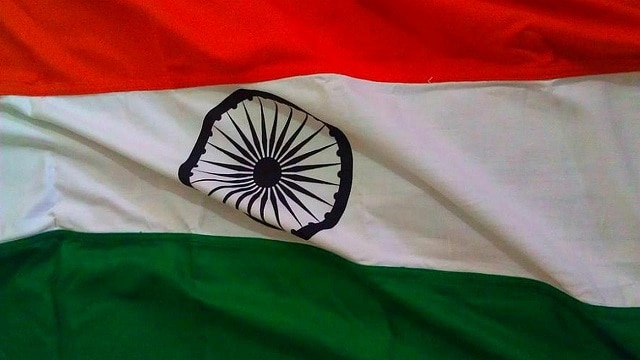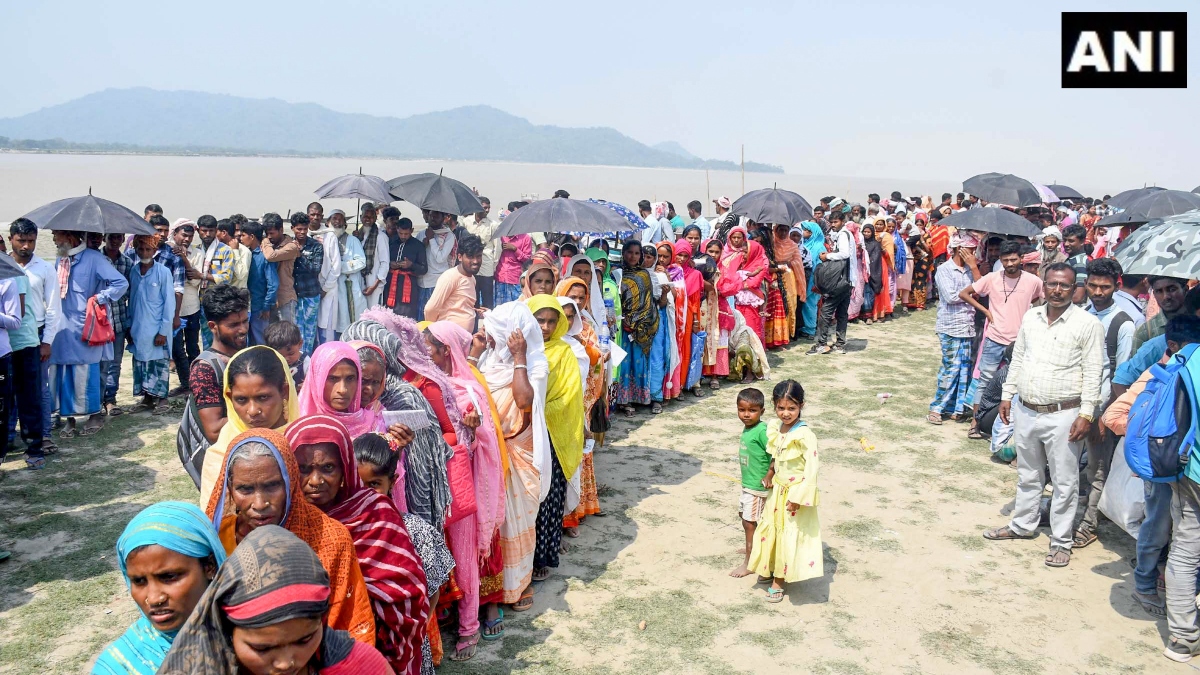While several notable events occurred in India’s efforts to throw off the yoke of colonial rule, there were some major events which convinced the British government that India would not be subjugated forever in its quest for freedom

Representational image. PTI
Just as the clock struck midnight on 14 August 1947, Jawaharlal Nehru, the first Prime Minister of independent India, proclaimed that the time had come to redeem India’s “tryst with destiny”. Since then, the nation takes great pride in celebrating its Independence Day every year on 15 August. The Azadi Ka Amrit Mahotsav campaign has been organising several events to make the country’s citizens more aware about the heroes of the freedom struggle as India celebrates its 75th year of independence. While several notable events occurred in India’s efforts to throw off the yoke of colonial rule, there were some major events which convinced the British government that India would not be subjugated forever in its quest for freedom.
Here are five major events which had an immense impact on our freedom struggle:
Revolt of 1857:
The first big attempt to throw off colonial rule started just days before the centenary of the Battle of Plassey in 1757. The sepoy mutiny, started by Mangal Pandey, is seen as the first time Indians from different parts of the country united to protest against the rule of the British East India Company. Also known as the First War of Indian Independence, the Revolt of 1857 led to the powers of the East India Company being shifted to the British Crown. The company lost its administrative powers and India came under direct imperial rule of the British government.
Formation of the Indian National Congress:
On 28 December 1885, the first session of the Indian National Congress was convened at Gokuldas Tejpal Sanskrit College in Bombay. The party later played a leading role in the nation’s fight for independence.
Non-Cooperation Movement:
The freedom struggle got an impetus after Mahatma Gandhi returned to India from South Africa in 1915. ‘Bapu’ as he was fondly called, revitalised the struggle and ensured mass participation in the fight for independence. Five years after his return, Mahatma Gandhi launched the Non-Cooperation Movement. The movement saw the boycott of British manufactured goods and promotion of swadeshi goods.
Civil Disobedience Movement:
To protest against the steep taxes levied by the British government, Mahatma Gandhi undertook the Salt March from Dandi in 1930. In an act of civil disobedience, he made salt to protest the repressive salt tax imposed at that time by the colonial rulers.
The incident marked the start of the Civil Disobedience Movement. The movement soon gained traction. Several people participated in non-violent protests despite the brutal suppression tactics employed by the British.
Royal Navy Strike of 1946:
Even after the British government violently suppressed the Quit India Movement in 1942, the struggle for independence continued. The British were also troubled by Subhash Chandra Bose’s Indian National Army during World War II.
In 1946, about 1,110 Indian sailors belonging to the MIS Talwar and Bombay’s Royal Indian Navy (RIN) Signal School went on a hunger strike to protest against poor working conditions. The movement soon gained support and turned into an agitation against the colonial government. The brutal suppression of the revolt by the British further inflamed sentiments and made the colonial rule realise their days of governing the country were numbered.
Read all the Latest News, Trending News, Cricket News, Bollywood News,
India News and Entertainment News here. Follow us on Facebook, Twitter and Instagram.







More News
Lok Sabha Election 2024: Voter Turnout Dips To 64%, Voters Boycott Polling In Assam; Key Points From Phase 2
‘Sordid state of affairs’ says Bombay HC; directs a police superintendent to personally look into a rape case probe and change its IO | India News – Times of India
A Guide to Enhanced Security in Bare Metal Hosting